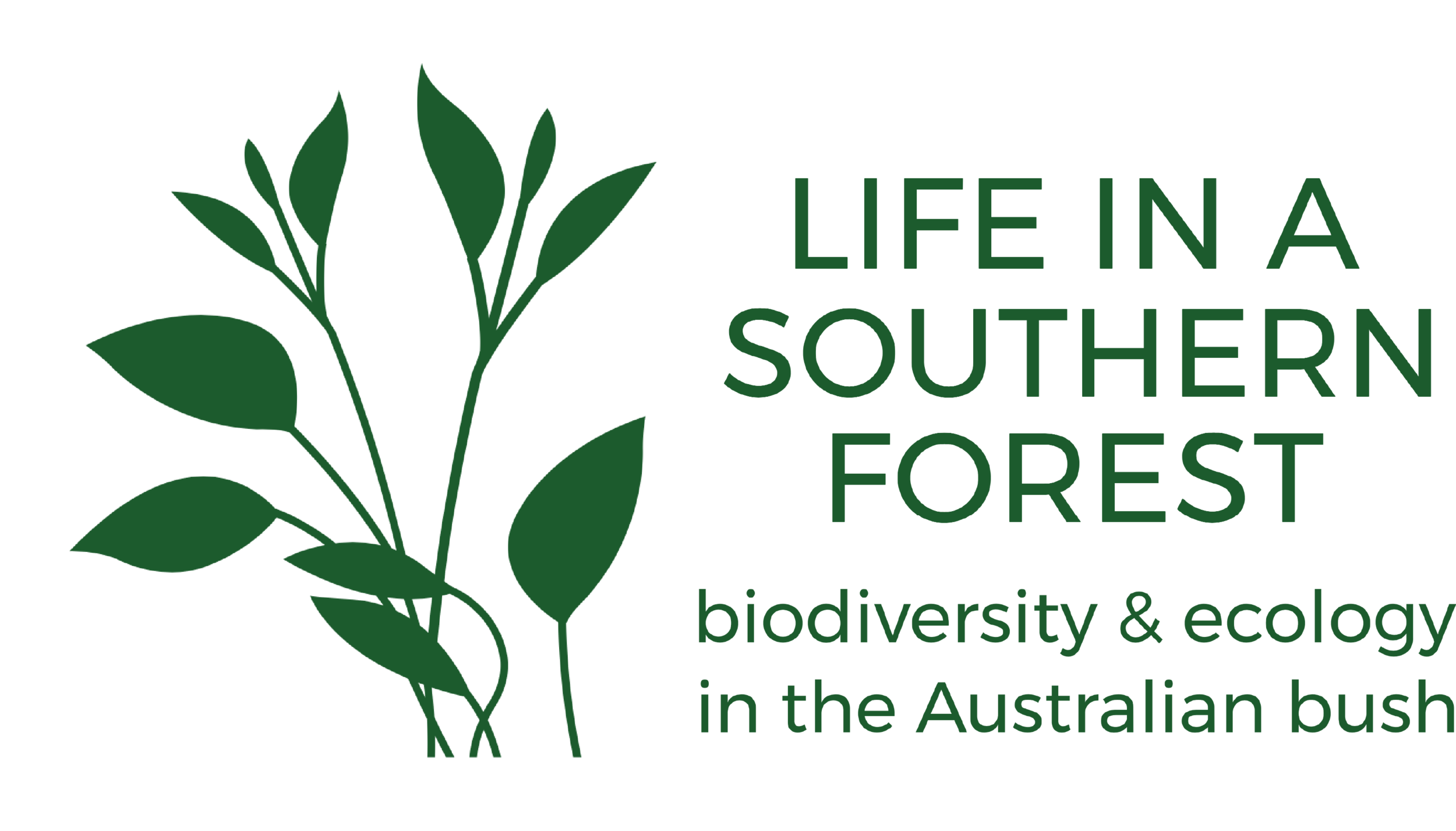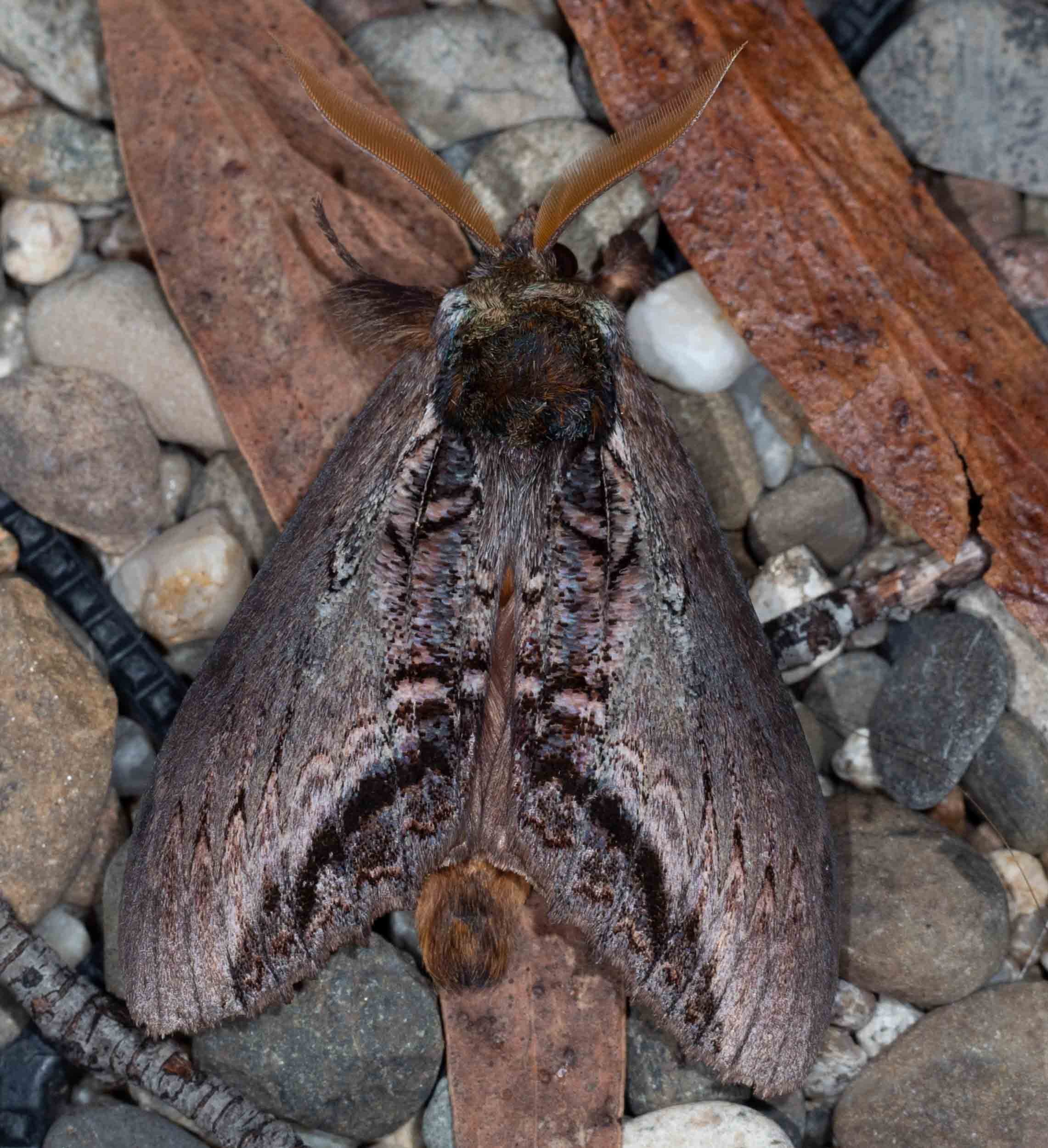Autumn colours

Good rainfall this autumn has produced a flush of fungi, displaying a wide variety of colours and forms. Many of these fungi are saprotrophs, gaining their nutrition from dead wood - either in the form of killed trees or wood buried in the soil. We have an ample supply of these resources since the January 2020 fire!
The flowering bonanza of spring and summer has passed. But there is still plenty of colour in the forest – provided by a range of autumn flowering plants, insects and birds.
Omphalotus nidiformis
Growing at the base of a fire-killed Black She-oak (Allocasuarina littoralis) tree - photographed in daylight
Omphalotus nidiformis
Same field of view as in the earlier image, but with no illumination. The green glow arises from natural luminescence of the fungus. See my earlier post about this phenomenon.
Stereum hirsutum
Growing on fire-killed Black She-oak (Allocasuarina littoralis) trunk. iNaturalist observation here.
Piptoporus australiensis
Growing on a fallen, dead and burnt Black She-oak (Allocasuarina littoralis) trunk.
iNaturalist observation here.
Monotoca scoparia
A healthy number of new bushes of this forb have appeared in the second post-fire year and all flowered heavily in early autumn
Banksia spinulosa
This is the first year since the fire that this species has flowered
This is the first time since the fire that this wattle has flowered.
Microeca fascinans
Not often seen in the forest, a pair of these birds spent some time hawking insects in an open area
Petroica boodang
We’ve only seen this robin in the forest on a few occasions over the years
Calyptorhynchus funerea
A flock of a half dozen of these birds made a brief visit to the forest, searching for beetle grubs under bark and extracting seeds from Angophora floribunda fruit

























































